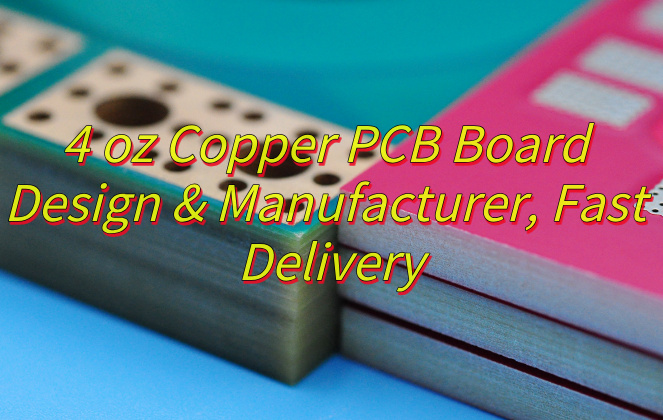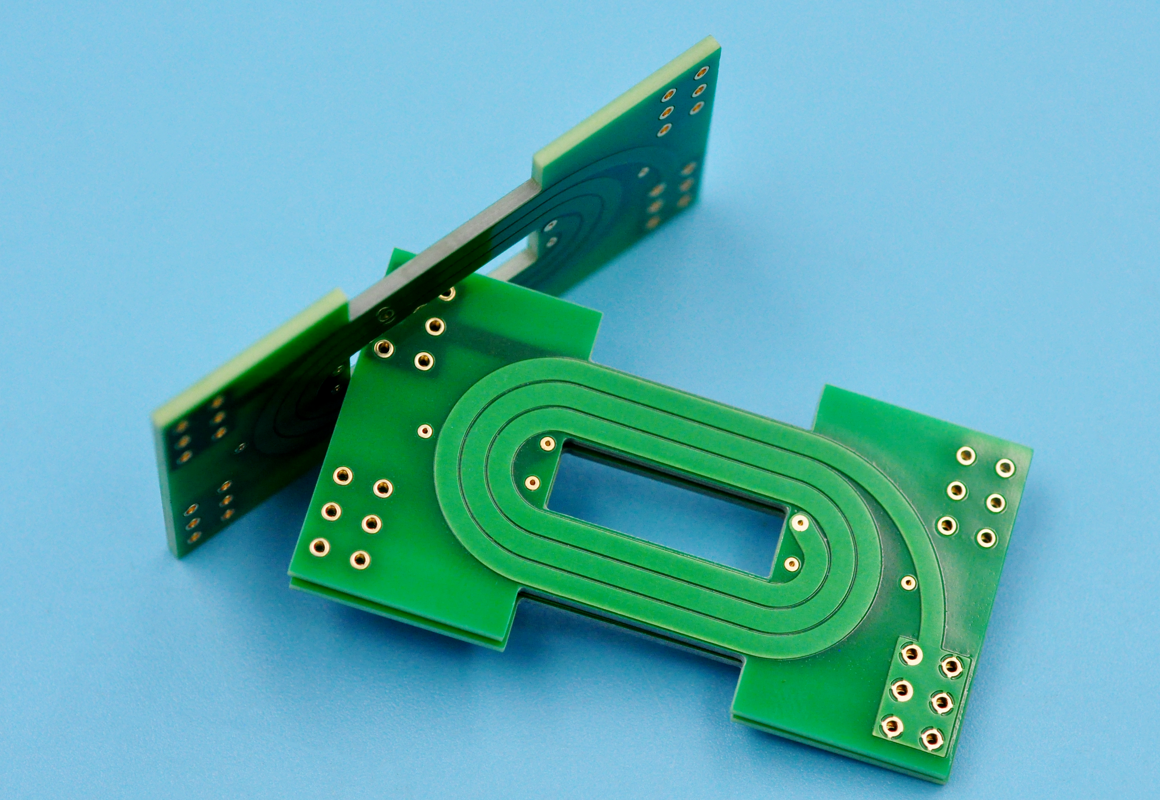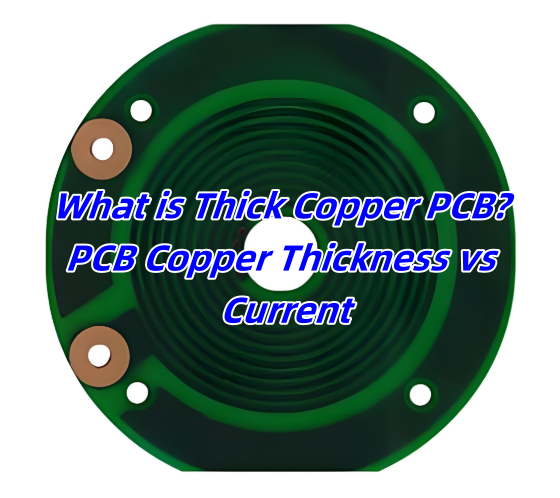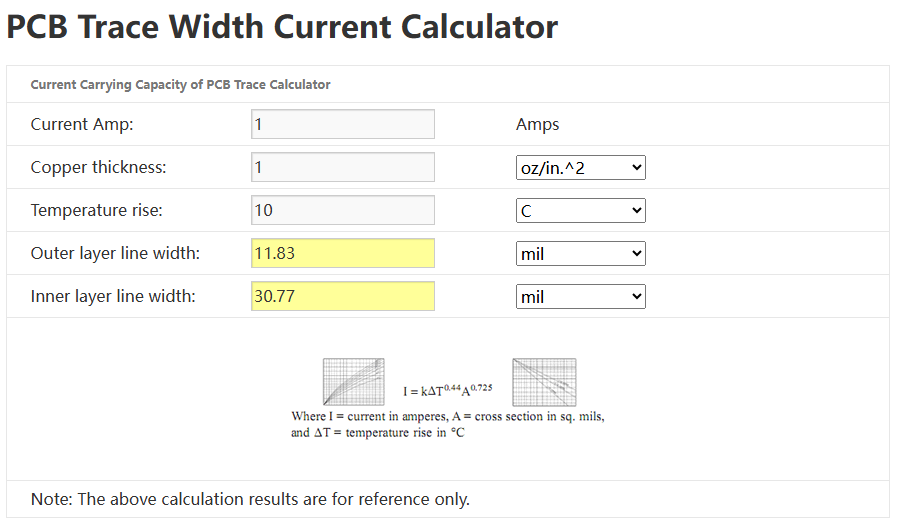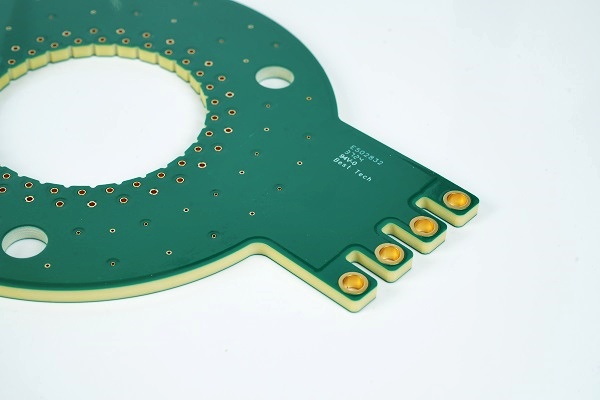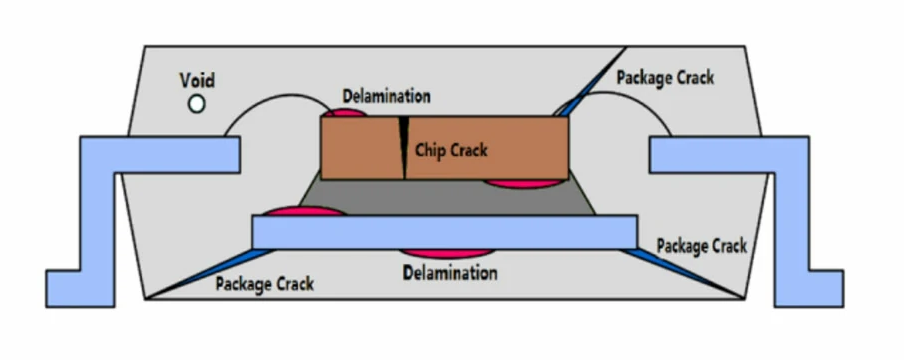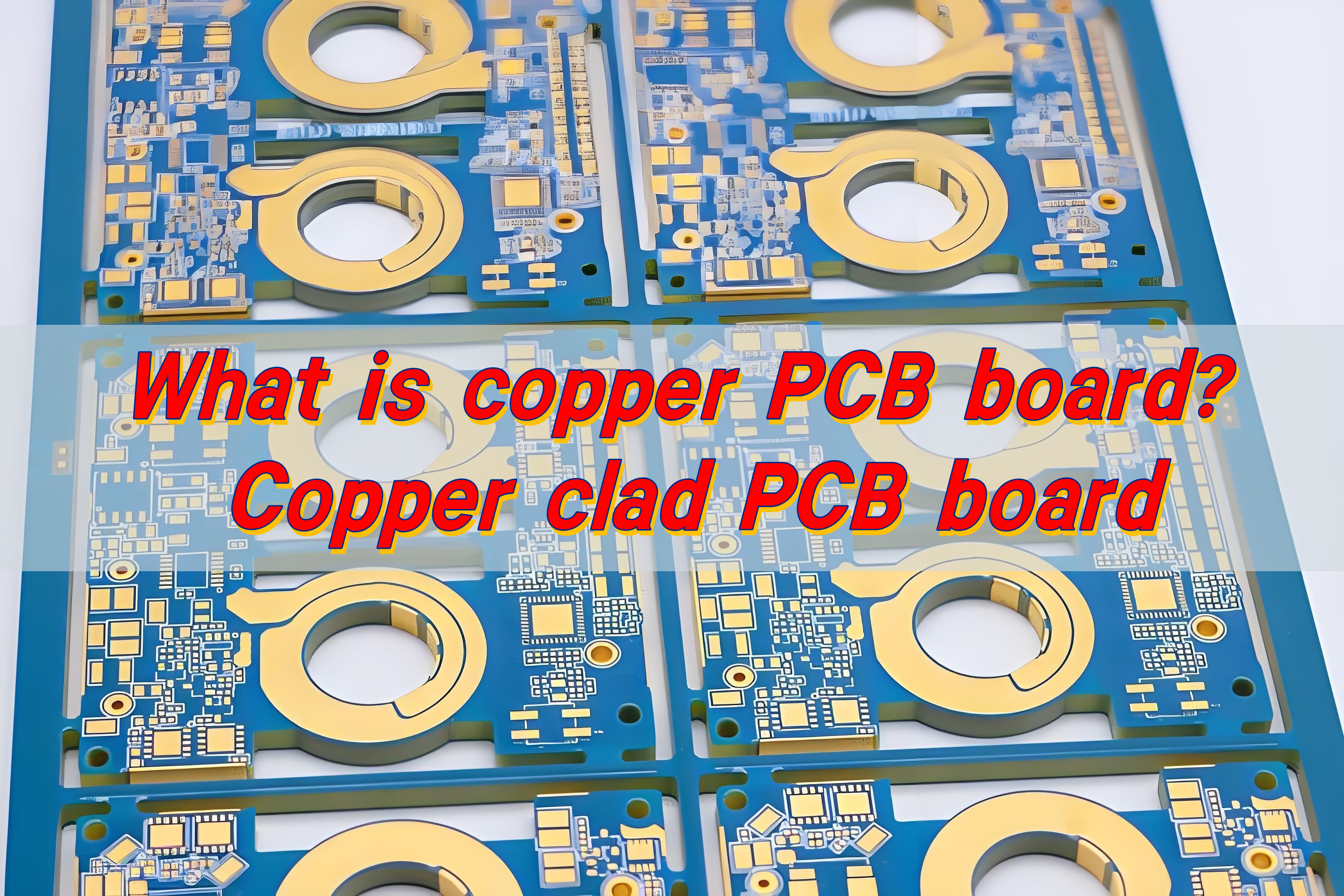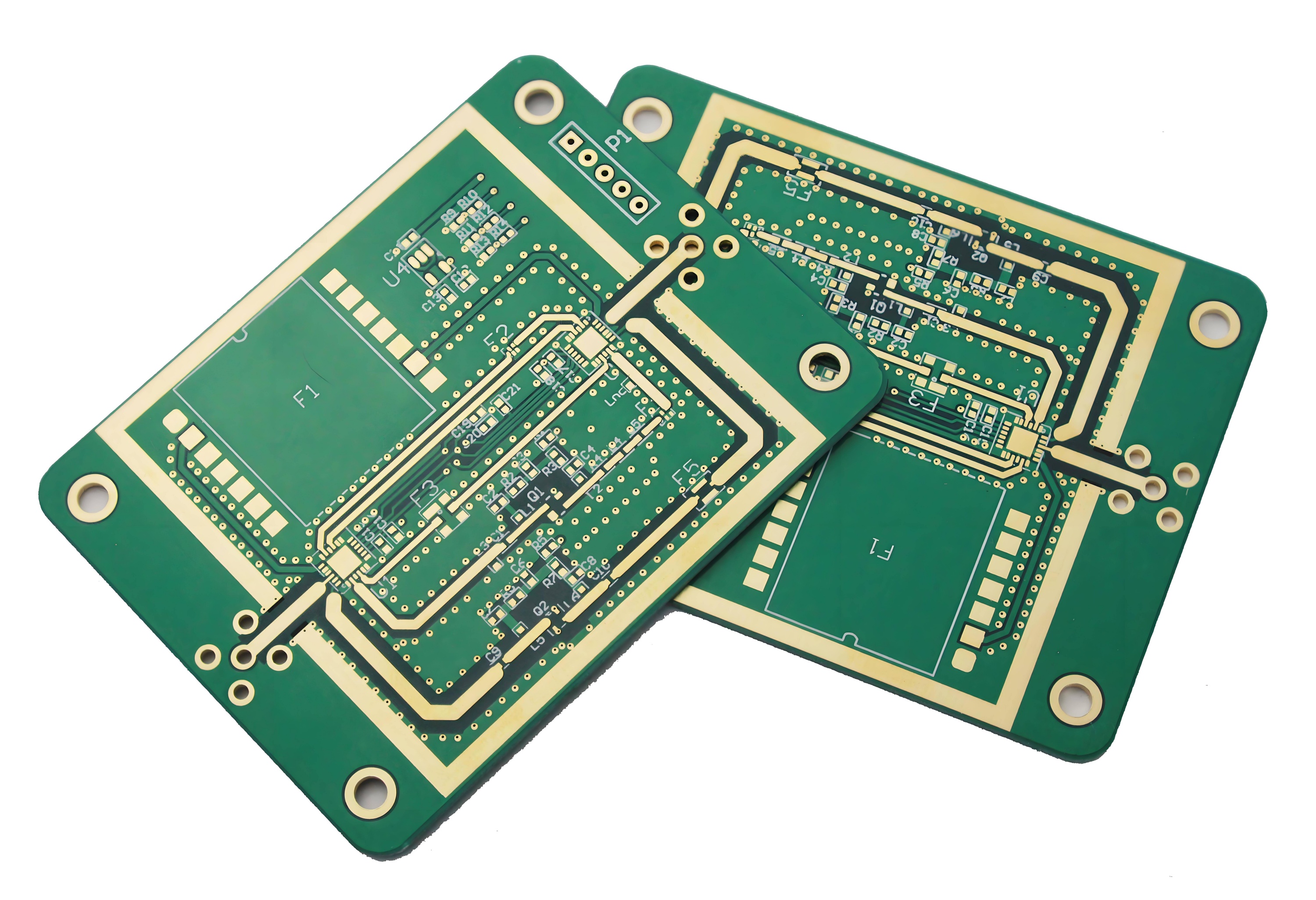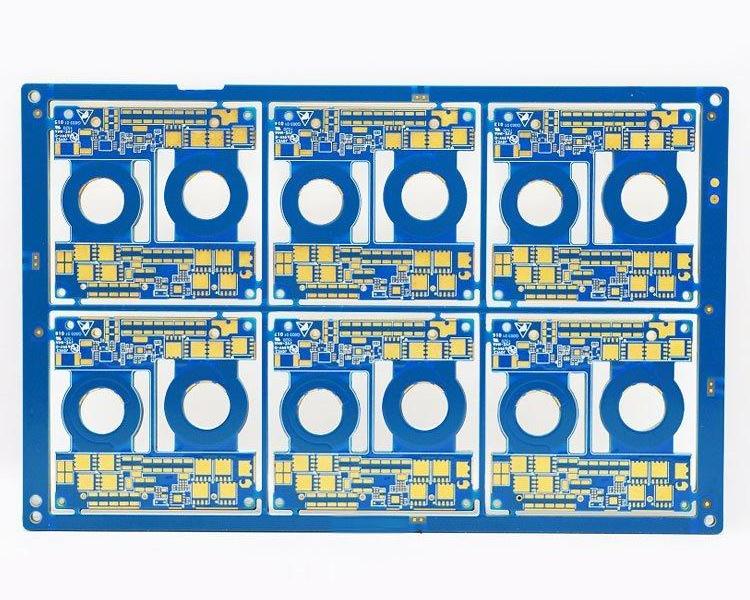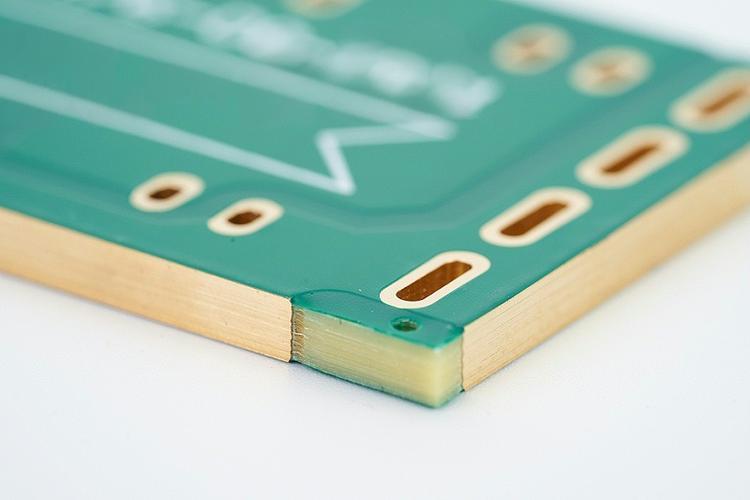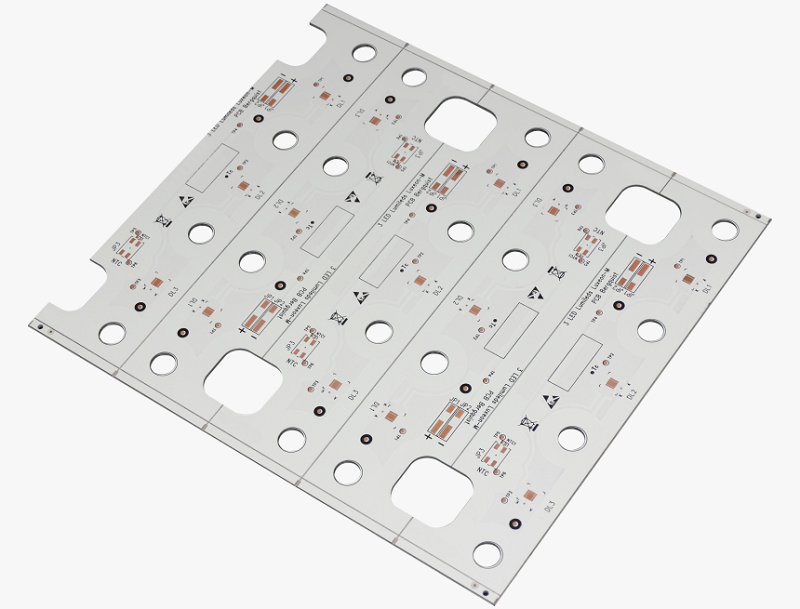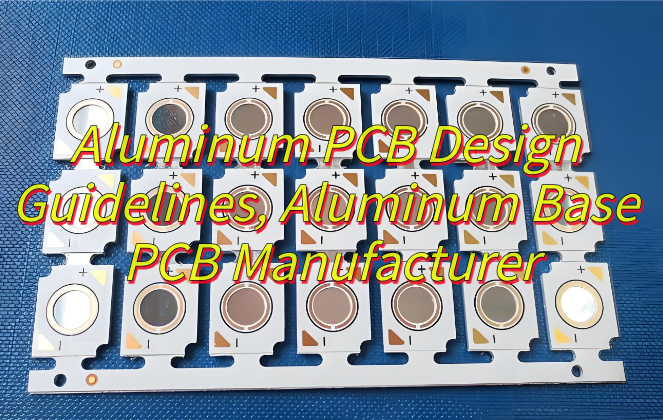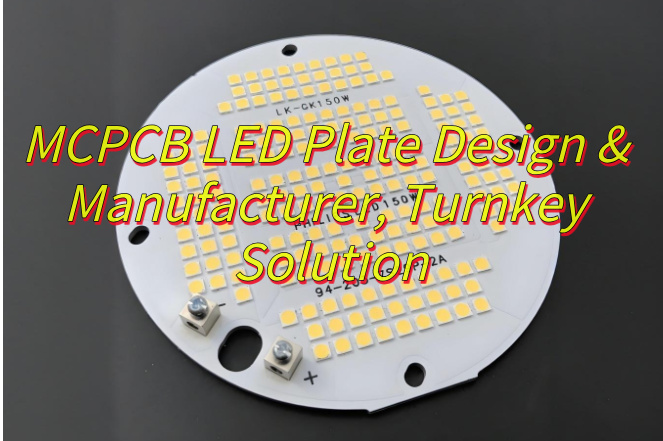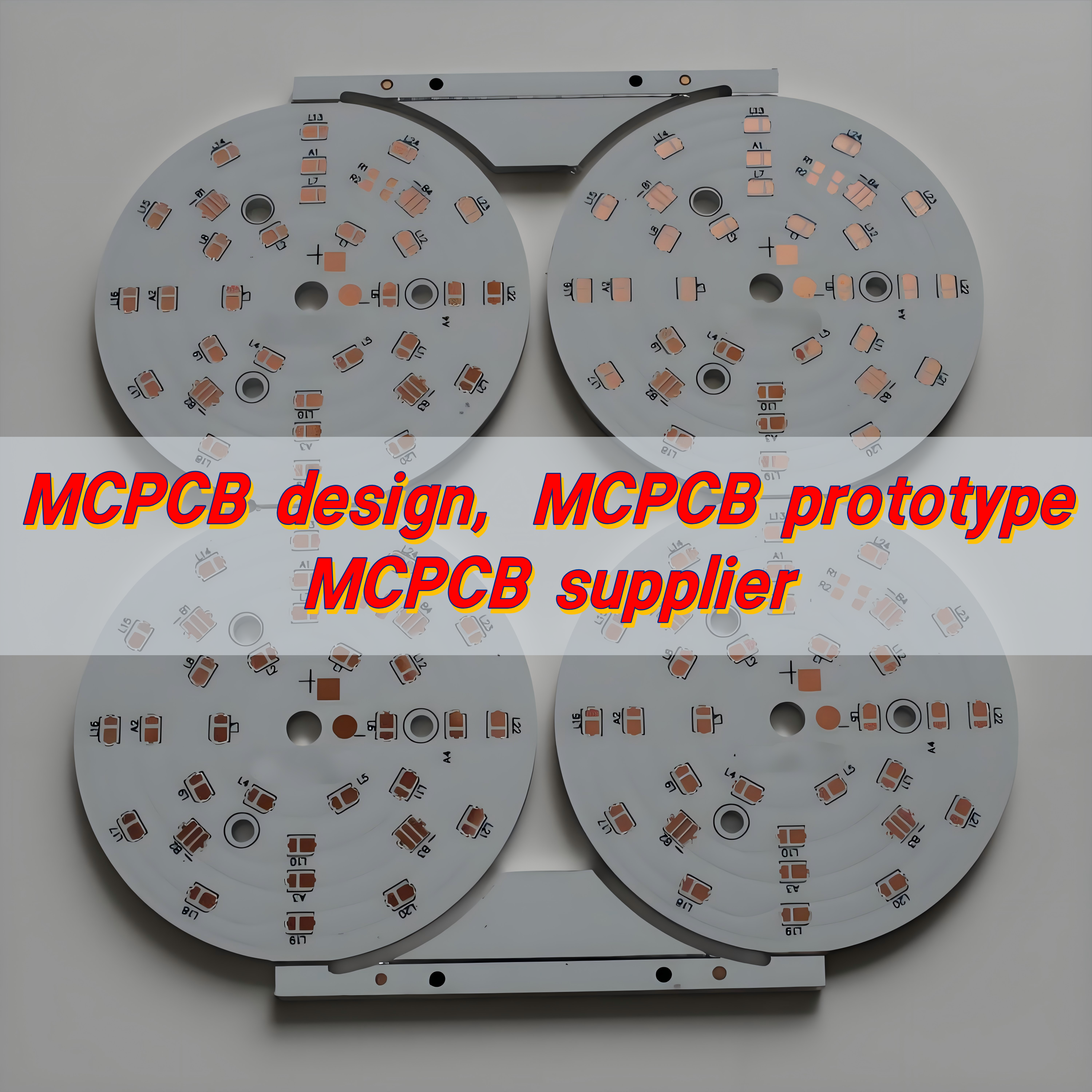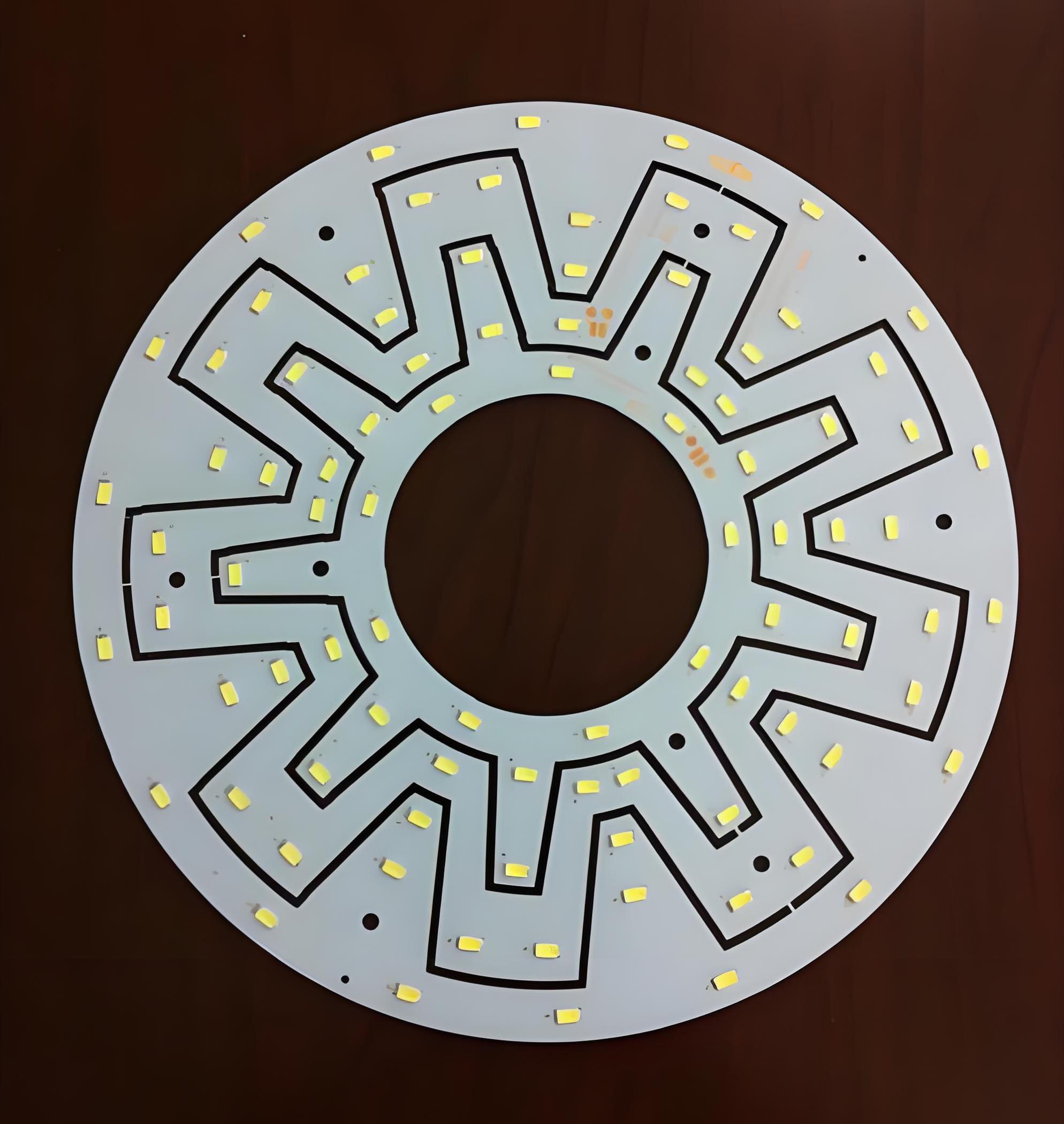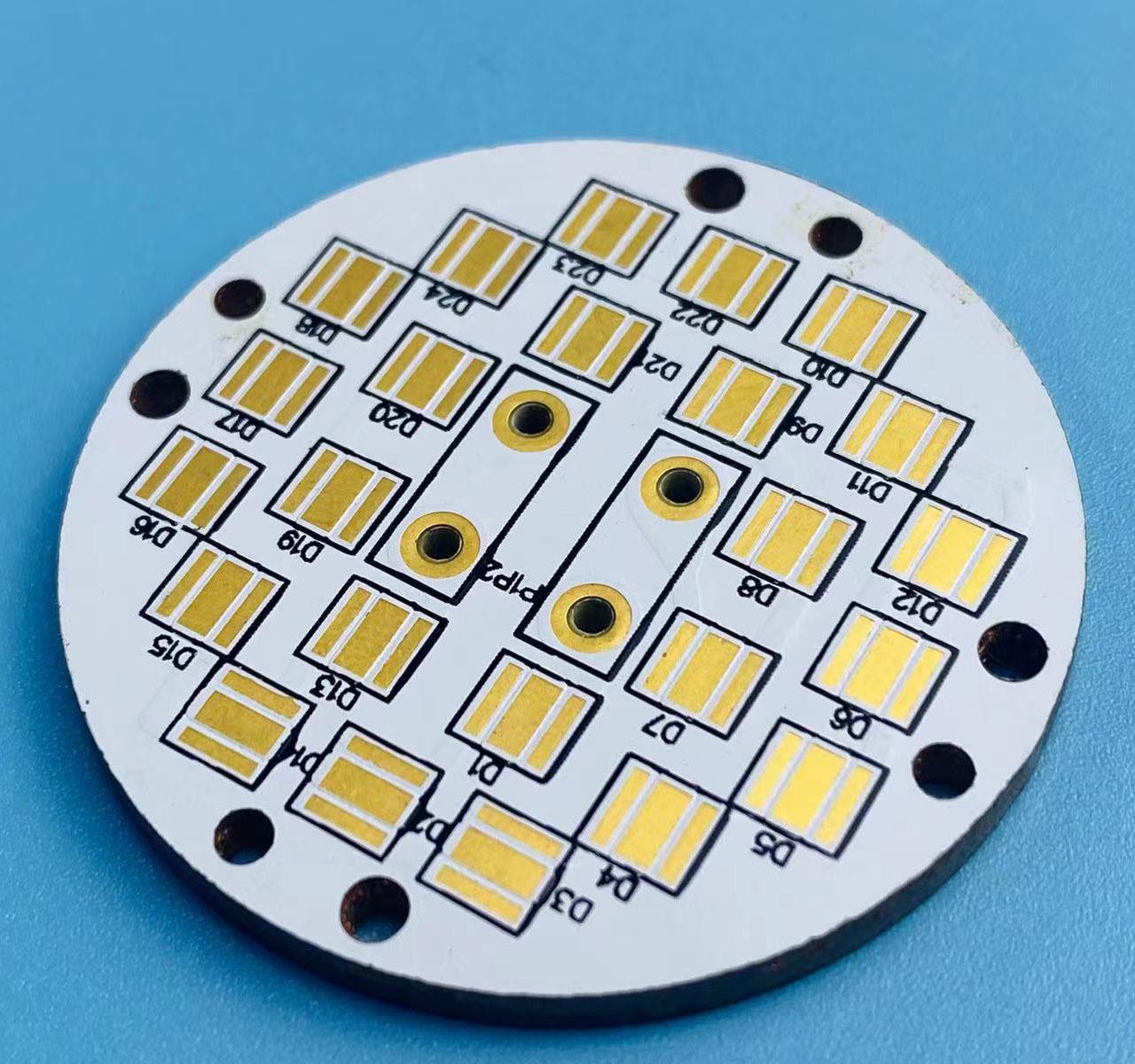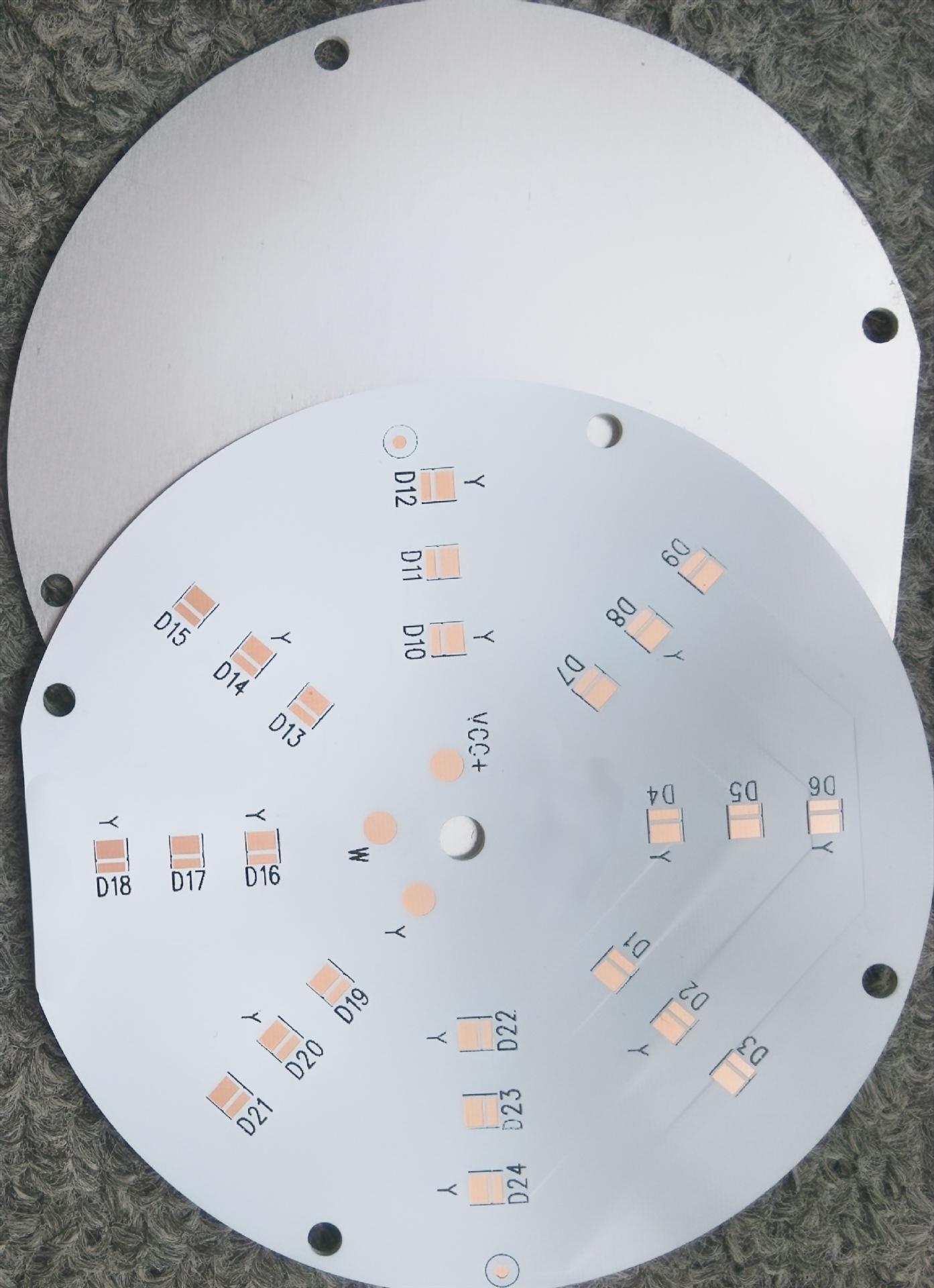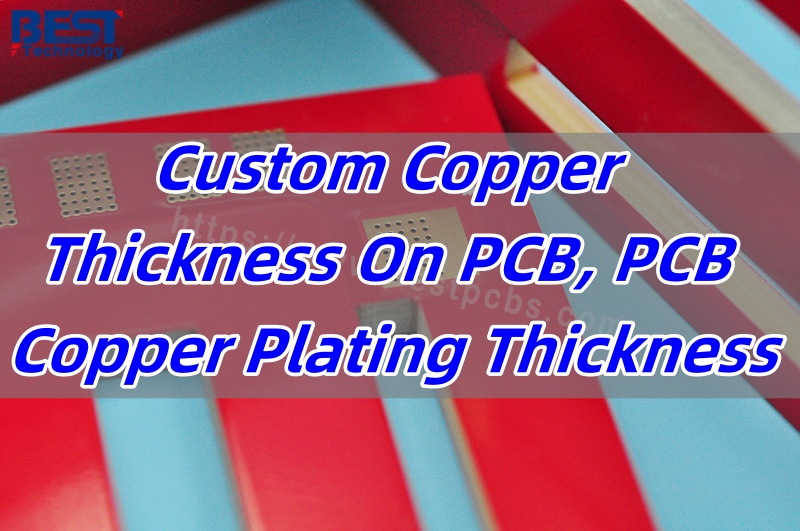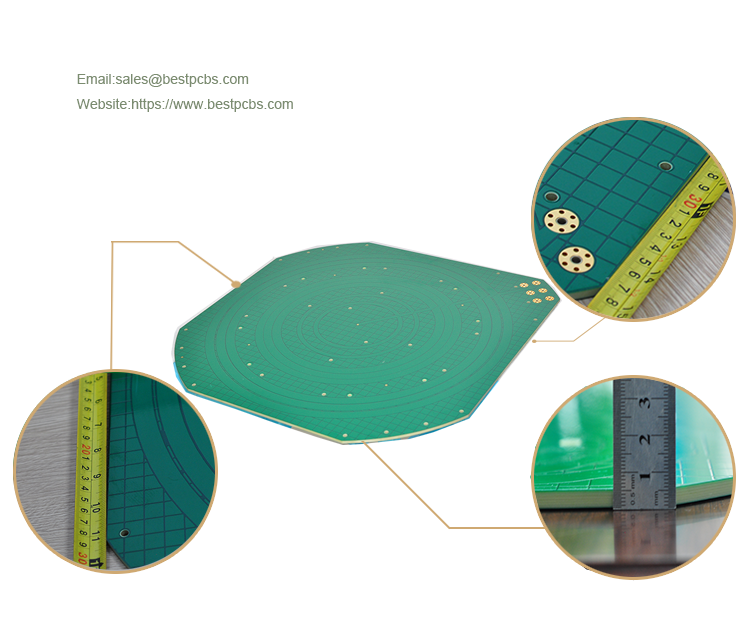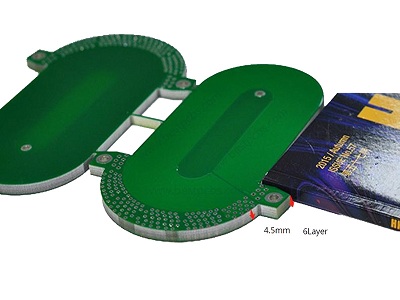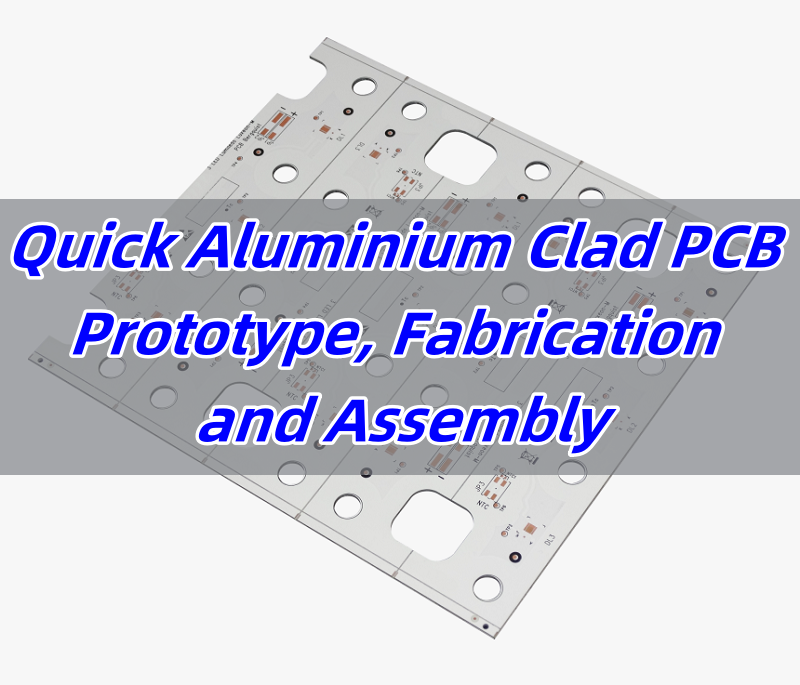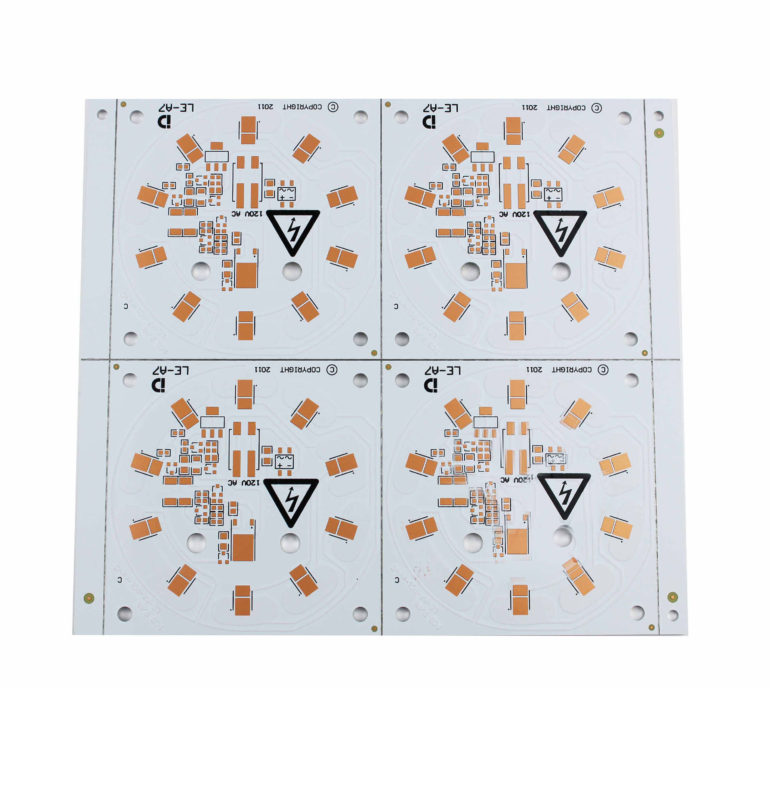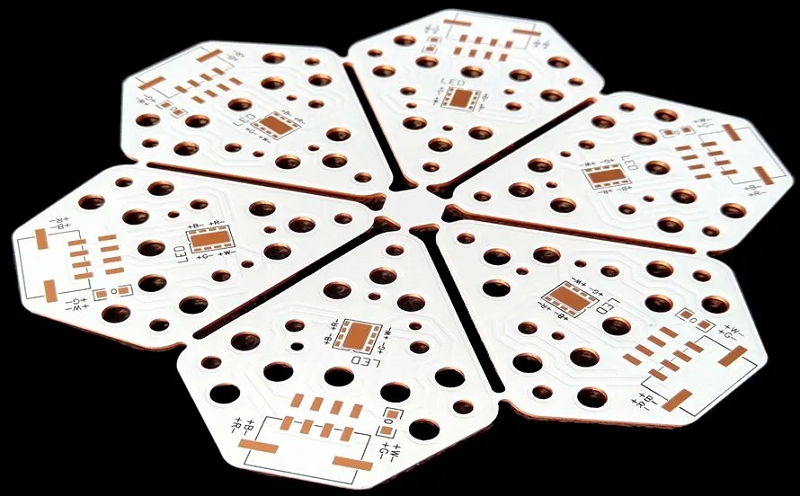MCPCB manufacturer in India searches connect you to a fast-growing industry known for quality solutions, efficient service, and innovative design support. This blog will guide you through how to choose the right manufacturer in India, how MCPCB design works, and why Best Technology in China stands out for PCB MFG.
Best Technology makes MCPCB design, MCPCB prototype, MCPCB LED fabrication, SMT, and box build services in China. Our LED MCPCB board factory is equipped with SPI, AOI, and X-ray inspection equipment, with a yield rate of up to 98%. Our prototype turnaround is shortened to 48 hours, and our on-time delivery rate for mass production is up to 97%. Our technical team will respond to your questions within 4 hours, including material selection, thermal design consultation, and DFM optimization. We have the full supply chain competitive edge, which saves you the hidden cost. For any particular inquiry about MCPCB design, prototype, mass production, or tube light MCPCB assembly, just let us know at sales@bestpcbs.com.
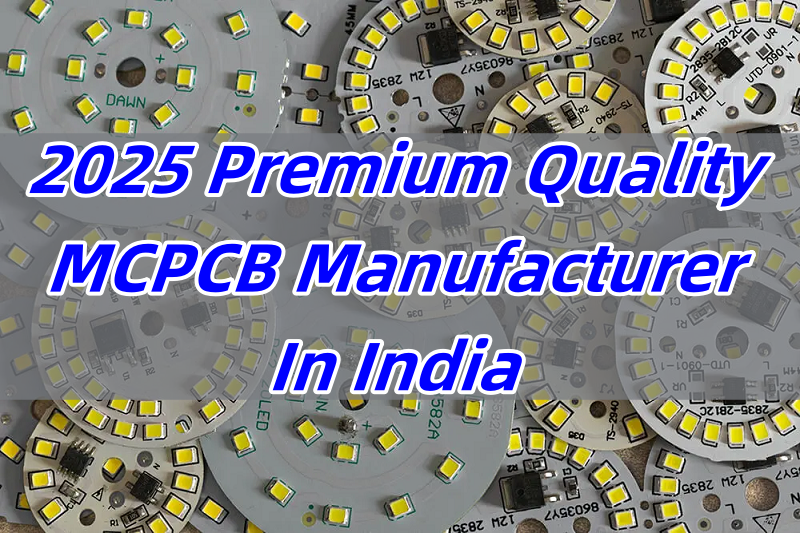
Who is the Best MCPCB manufacturer in India?
When searching for the best MCPCB manufacturer in India, many customers look for stable product quality, timely delivery, and technical support. India’s PCB industry has grown rapidly, offering a variety of local suppliers catering to LED, automotive, and industrial sectors. While Best Technology is a Chinese MCPCB manufacturer, we often collaborate with Indian clients who seek consistent quality and global-standard service that may not always be available locally. There are several notable manufacturers in India known for their MCPCB capabilities, as below.
- Shogini Technoarts Pvt. Ltd.
Based in Pune, Shogini Technoarts is known for producing aluminum-based MCPCBs for LED applications. With ISO certifications and a focus on lighting solutions, they serve a wide range of domestic and export clients. - PCB Power Market
Headquartered in Gujarat, PCB Power Market offers online ordering and fast turnaround for custom MCPCB orders. They are popular for low to mid-volume production and provide flexible service for LED lighting and consumer electronics. - SFO Technologies (NeST Group)
Located in Kochi, SFO Technologies is a large electronics manufacturer that includes MCPCB fabrication within its wide range of services. They focus on high-reliability boards for industrial and lighting applications.
In summary, choosing the best MCPCB manufacturer in India depends on your specific needsâwhether it’s fast prototype service or large-scale production. Every company has its distinctive traits. It is necessary to pay a visit to the factory and conduct a thorough inspection of their production facilities and quality control processes to ensure alignment with your project requirements.
For companies that require stable quality, technical support, and global compliance, working with a trusted Chinese manufacturer like Best Technology can be an effective solution as well. We offer reliable supply, engineering guidance, and high quality MCPCB board that supports long-term business growth, especially for customers who have experienced inconsistency with local suppliers.
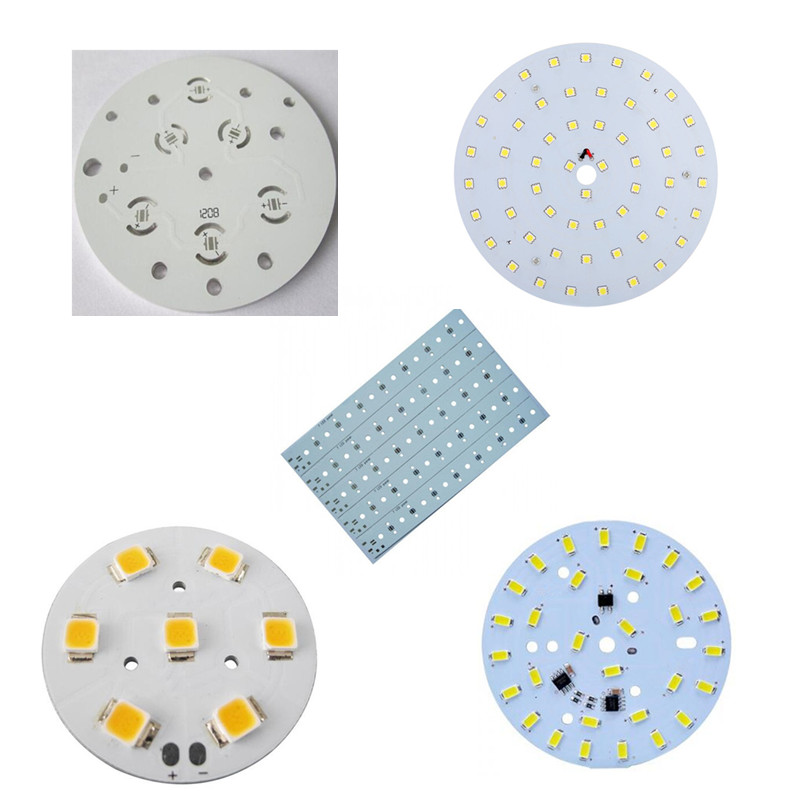
What is MCPCB full form and why is it used in MCPCB LED Driver?
MCPCB stands for Metal Core Printed Circuit Board. These boards use a metal base for better heat control, making them suitable for LED drivers. In MCPCB LED Driver circuits, managing heat is critical. The metal core spreads heat away from sensitive components, which helps the LED run longer and more stable. If heat isn’t handled well, it can shorten the life of LED products. That’s why many LED makers rely on high-quality MCPCBs.
How to do MCPCB design?
Designing an MCPCB involves selecting the right materials and copper thickness. Good design ensures heat moves away from parts and that the board remains stable under high power. Hereâs how to approach it:
- Choose the metal base (usually aluminum or copper) based on your thermal needs.
- Define copper thickness depending on current load.
- Plan the layout for optimal heat flow and space use.
- Ensure insulation between metal and copper layer is sufficient.
Best Technology supports customers with design reviews to avoid common issues like poor heat transfer or signal problems.
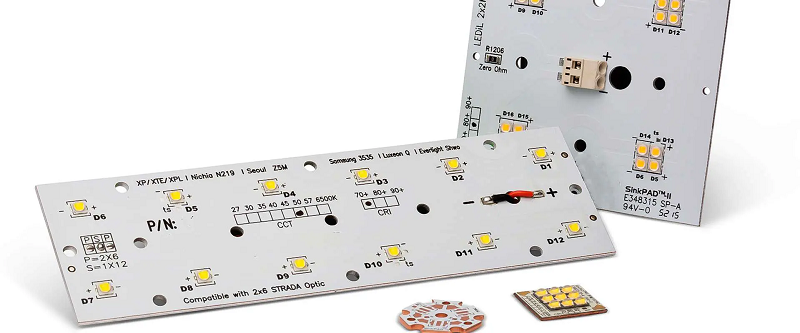
Who manufactures Tube Light MCPCB in India?
Tube light MCPCBs are essential components in LED lighting, providing efficient thermal management and reliable operation. Several Indian manufacturers specialize in producing tube light MCPCBs at different volumes. Here are some notable tube light MCPCB manufacturers in India for your review.
- SFO Technologies (NeST Group)
Based in Kochi, SFO Technologies is a major player in electronics manufacturing. They supply MCPCBs for LED tube lights, offering good production capacity and consistent quality for industrial lighting projects. - Genus Electrotech Ltd.
Located in Gujarat, Genus Electrotech produces high-volume LED MCPCBs for residential and commercial lighting. They are well-known for supplying tube light MCPCBs for mass-market products. - Richa Electronics
Headquartered in New Delhi, Richa Electronics specializes in low-cost, efficient MCPCB solutions, including tube light PCBs. They serve the domestic LED lighting market with quick turnaround times.
To conclude, Indian manufacturers offer a variety of tube light MCPCB options. Apart from these manufacturers, for advanced designs or export-quality needs, Best Technology (China) supports Indian customers with tailored solutions, strong engineering input, and stable and fast global delivery.
Who is the largest LED MCPCB manufacturer in India?
India’s LED market is growing rapidly, and several manufacturers have scaled their operations to meet local and global demand. The largest LED MCPCB manufacturers often have strong infrastructure, high capacity, and diverse service offerings. The leading large-scale LED MCPCB manufacturers in India are as follows.
- Bharat Electronics Limited (BEL)
A government-owned company, BEL manufactures LED lighting systems, including MCPCBs, for defense and commercial sectors. Their strength lies in high reliability and large-scale production. - Elin Electronics Ltd.
Based in Noida, Elin is one of the largest EMS providers in India. They produce MCPCBs for LED lighting, offering full manufacturing services for major brands across India. - SGM Technologies
With large production capacity, SGM Technologies is a key supplier of LED MCPCBs for tube lights, panel lights, and street lighting. They are known for serving major lighting brands in India.
In a nutshell, large-scale MCPCB manufacturers in India offer fast service and high output, suitable for volume production. However, Best Technology serves customers who need flexible production, consistent quality, and personalized support, especially when local options face limitations in design or process control.
How to ensure quality during India PCB manufacturing?
Quality is the foundation of reliable PCBs. In India, several manufacturers focus on cost-efficiency, but the key to success lies in material choice, process control, and final inspection. Ensuring each step is managed well reduces the risk of product failure. Here are the major steps to ensure the quality for your reference.
- Select the Right Raw Materials
High-grade aluminum or copper bases are essential for MCPCB performance. Inconsistent materials can cause overheating or short product life. - Follow Standardized Production Processes
Top manufacturers use detailed workflows and quality checkpoints. This helps catch errors early and ensures boards meet specifications. - Use Reliable Testing Methods
Automated Optical Inspection (AOI), electrical tests, and even X-ray inspection are used to detect faults before shipping. - Request Certifications and Quality Reports
Always ask for documentation. ISO-certified processes (like ISO9001 or IATF16949) are a good sign of controlled, repeatable quality. - Consistent Communication Matters
Quality issues often stem from unclear specs or miscommunication. Responsive service helps align expectations and avoid errors.
Ultimately, quality is the cornerstone of the business. Some leading Indian PCB manufacturers offer great solutions and deliver consistent quality with rigorous control at every step, helping customers achieve smooth production and product stability.
How to find MCPCB manufacturer in India contact number quickly?
Timely support is critical when sourcing MCPCBs. However, many buyers find it hard to get quick contact details or experience delayed responses from local suppliers. Hereâs how to speed up the process.
- Visit Manufacturer Websites Directly
Most suppliers list contact details on their websites. Look for dedicated âContact Usâ pages. - Use Online Directories or Portals
Platforms like IndiaMART or TradeIndia often feature phone numbers, emails, and addresses of verified MCPCB suppliers. - Reach Out via Email and Phone
For urgent needs, calling is faster. If not available, try WhatsApp or contact forms for a prompt reply. - Check Response Times in Advance
Some manufacturers may take 1â2 business days to reply, which may delay your project timeline.
Contact Best Technology for Quick LED MCPCB Manufacturing:
- Our website contact page is easy to find and always up to date.
- We respond to inquiries within 24 hours, often sooner.
- Our support team helps with quotes, design questions, and order tracking from start to finish.
In closing, getting in touch with a reliable supplier shouldn’t be hard. While Indian suppliers vary in response time, Best Technology offers prompt, professional support, helping you avoid delays and stay on schedule with your metal core PCB project.
Why choose Best Technology for PCB MFG?
Choosing Best Technology means fewer risks and more support. We solve key pain points: poor communication, slow delivery, and inconsistent quality. Hereâs why clients rely on us:
- Certified systems: ISO9001, ISO13485 (medical), IATF16949 (automotive), and AS9100D (aerospace).
- Real-time tracking with MES for full production transparency.
- Rapid lead time with no compromise on quality.
- Strong engineering support for custom MCPCB design.
We help our customers avoid costly returns, production delays, or rework caused by subpar boards. With us, projects run smoother, and product life is longer.
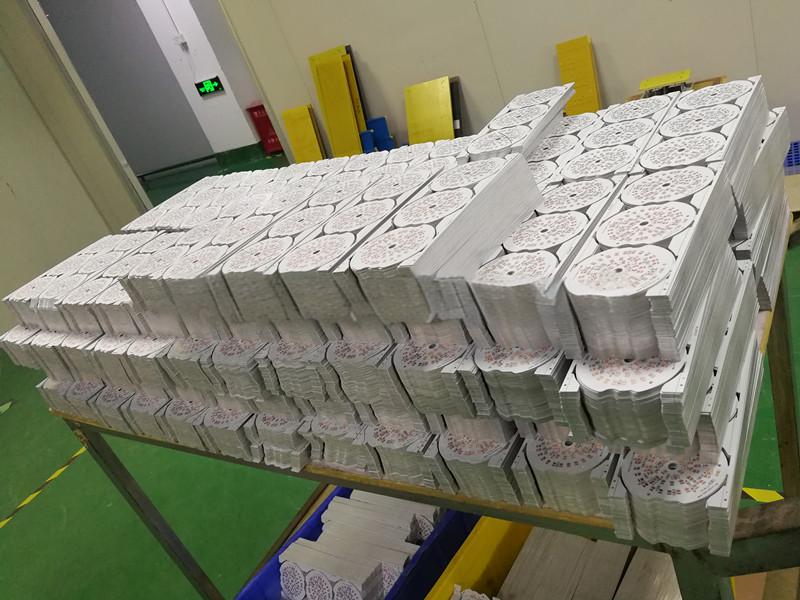
To sum up, when looking for a reliable MCPCB manufacturer in India, focus on service, quality, and trust. Best Technology offers all three. We understand customer pain points like unclear quotes, lack of updates, or late shipments. Our goal is to remove these issues with open communication and solid process control. With us, you gain a partner who supports your project from start to finish, ensuring smooth production and happy end-users. Contact us now at sales@bestpcbs.com to get a custom MCPCB solution.



